Nepal, a magical land settled in the lap of the Himalayas, is more than fair Mount Everest. It’s a nation where old culture harmonizes with the wild magnificence of nature, where trails lead not as it were to physical summits but to the otherworldly center of the mountains themselves. In this endless scene of towering peaks, covered up valleys, and farther towns, four treks stand out as encapsulations of Nepal’s untouched magnificence and social profundity: the 5 days Langtang Valley trek , the Nar Phu Valley trek, the Manaslu Circuit trek, and the Annapurna Circuit Trek.
Each of these ventures takes trekkers through interesting territories and social passages, advertising different encounters in a few of the Himalayas’ most flawless and less commercialized regions. Together, they shape the beating heart of Himalayan trekking—offering both normal ponders and bona fide human connection.
Langtang Valley trek (5 Days):
Located 7-8 hours north of Kathmandu, the Langtang Valley trek is the idealized presentation to Himalayan trekking. In spite of the fact that it is generally brief and available, this trek jumps profoundly into Nepal’s elevated charm, taking travelers through rich timberlands, emotional waterway gorges, and good country towns with Tibetan Buddhist heritage.
Beginning from Syabrubesi, the path rises along the Langtang Waterway, passing through thick rhododendron and oak woodlands. As trekkers move from Lama Lodging to Langtang Town, the view advances from subtropical greenery to high-altitude glades and frigid scenes. Coming to Kyanjin Gompa, a wonderful religious community flanked by towering mountains, is an otherworldly and beautiful tall point.
Optional day climbs to Tserko Ri (5,000m) or Kyanjin Ri (4,773m) give clearing sees of the Langtang Lirung and encompassing snowfields. In spite of its shorter length, the Langtang trek offers significant quietness, wealthy Tamang culture, and a feeling of being profound in the Himalayas—ideal for those with constrained time or unused to high-altitude trekking.
Highlights of Langtang Trek:
Close vicinity to Kathmandu
Alpine knolls, yak pastures, and frigid valleys
Tamang and Tibetan Buddhist communities
Scenic summit sees from Kyanjin Ri and Tserko Ri
Ideal for tenderfoots or trekkers brief on time
Nar Phu Valley trek:
Hidden in the northern reaches of the Annapurna region, the Nar Phu Valley trek is one of Nepal’s most separated enterprises. Opened to nonnatives as it were in 2003, this limited range trek offers an uncommon travel through untainted Tibetan towns, medieval Buddhist cloisters, and high-altitude deserts untouched by advanced life.
Starting from Koto, close to Chame on the Annapurna Circuit, trekkers separate into the Nar Khola Valley, clearing out the primary path and venturing into a diverse world. The travel moves through limit gorges, woodlands, and suspension bridges some time recently coming to the sweeping, desolate magnificence of Phu village—an antiquated settlement roosted over a frosty valley.
Trekkers at that point rise to Nar, another farther town encompassed by jagged cliffs and chortens. The crossing of Kang La Pass (5,322m) interfaces the covered up valleys with the fundamental Annapurna path, advertising all encompassing sees of Annapurna II, Gangapurna, and other Himalayan monsters. The physical challenge is coordinated by the social submersion: Nar Phu remains an otherworldly fortification of conventional Tibetan life.
Highlights of Nar Phu Valley Trek:
- Remote and uncrowded Himalayan wilderness
- Authentic Tibetan Buddhist culture and antiquated monasteries
- Stunning tall passes and elevated leave scenery
- Opportunity to combine with Annapurna Circuit
- Restricted zone, requiring extraordinary licenses and an authorized guide
Manaslu Circuit trek:
For trekkers looking for sensational views and isolation, the Manaslu Circuit trek offers one of the most fulfilling encounters in Nepal. Circling Mount Manaslu (8,163m)—the eighth-highest top in the world—this 14-18 day trek winds through profound gorges, elevated woodlands, suspension bridges, and Buddhist towns that stay joyfully remote.
The trip starts in Soti Khola, taking after the Budhi Gandaki Waterway as it carves through rich valleys and soaks cliffs. As height increases, trekkers pass towns like Jagat, Namrung, Lho, and Samagaun, where old cloisters and yak herders reflect the Tibetan-influenced culture of the region.
The extreme challenge and compensation comes at the Larkya La Pass (5,106m), where trekkers are treated to sees of Cheo Himal, Himlung Himal, and the Annapurna run. The plummet into the Marsyangdi Valley moves the scene once again—from stark snow capped statues to green subtropical hills.
The Manaslu Circuit is more farther and less created than its Annapurna partner, but that is accurately its charm. It’s idealized for experienced trekkers looking to thrust themselves in a wild, however profoundly otherworldly, Himalayan environment.
Highlights of Manaslu Circuit Trek:
Views of Mount Manaslu and encompassing Himalayan peaks
- Culturally wealthy Tibetan Buddhist villages
- Larkya La Pass: one of Nepal’s most wonderful crossings
- Fewer trekkers than Annapurna or Everest regions
- Pristine nature and conventional mountain life
Annapurna Circuit trek:
The Annapurna Circuit trek has long been celebrated as one of the most different and fulfilling treks in the world. Traversing anyplace from 12 to 20 days, depending on the course and side trips, the circuit encompasses the Annapurna Massif, advertising trekkers everything from terraced ranches and pine timberlands to tall mountain deserts and towering peaks.
The trek customarily starts in Besisahar, gradually rising through Chame, Pisang, and Manang. Along the way, trekkers are uncovered to different environments, ethnic communities (Gurung, Manangi, and Thakali), and shocking Himalayan sees. Acclimatization in Manang is significant, and numerous pick to investigate Ice Lake or the Gangapurna Icy mass as side hikes.
The tall point of the trek is the Thorong La Pass (5,416m)—the most noteworthy trekking pass in Nepal. Coming to the summit some time recently at dawn is both a convention and a viable need, as early climate tends to be more steady. Slipping into Muktinath, a sacrosanct trek location for Hindus and Buddhists, includes an otherworldly measurement to the trek.
Trekkers at that point pass through the desert-like scenes of Lower Bronco, through Kagbeni and Jomsom, with choices to proceed to Tatopani, Ghorepani, and Poon hill. The trek closes in Pokhara, a dynamic lakeside city where trekkers can unwind and reflect on the epic trek.
Highlights of Annapurna Circuit Trek:
- Incredible differing qualities of scenes and cultures
- Thorong La Pass: breathtaking 360° views
- Ancient cloisters, sacrosanct sanctuaries, and mountain villages
- Side trips to Tilicho Lake, Nar Phu, and Poon Hill
- Flexibility to adjust course based on time and fitness
Choosing the Right trek: Comparing the Four
Each of these treks offers something unique:
Langtang Valley trek is perfect for those brief on time who still need elevated view and social richness.
Nar Phu Valley trek culminates for explorers who look for extraordinary remoteness, culture, and tall passes without the crowds.
Manaslu Circuit trek is suited for experienced trekkers looking for wild excellence, direct challenge, and immersive culture.
Annapurna Circuit trek is awesome for trekkers who need a long, changed course that exhibits Nepal’s geographic and social diversity.
These treks can too be combined or done consecutively over numerous visits, advertising long lasting recollections and a profound relationship with Nepal’s sacrosanct mountains.
Preparation and Viable Information
Permits: All treks require licenses. Nar Phu and Manaslu are confined regions requiring uncommon grants and authorized guides. Langtang and Annapurna require TIMS and national park passage fees.
Best Seasons: Spring (March–May) and Harvest time (September–November) are perfect for clear skies, steady climate, and dynamic landscapes.
Fitness: All treks require direct to tall wellness levels. Legitimate acclimatization is fundamental, particularly for passes over 5,000m.
Guides and Watchmen: Enlisting a direct improves security and social understanding. Doormen offer assistance to help your stack, particularly on longer treks.
Gear: A quality resting pack, down coat, trekking shafts, boots, and layering frameworks are basic. Leasing adapt in Kathmandu or Pokhara is moreover possible.
Conclusion:
Trekking in Nepal is more than a physical pursuit—it is arousing. Whether you select the serene valleys of Langtang, the otherworldly confinement of Nar Phu, the crude wilds of Manaslu, or the amazing trails of Annapurna, you are venturing into an arrival of immortal ponder. The excellence of Nepal lies not as it were in its snow-capped peaks but in its individuals, its hush, and the transformative travel each path offers.
These four amazing treks shape the quintessence of Himalayan adventure—each uncovering a diverse aspect of the mountains’ soul. Here, in the midst of vacillating supplication banners and yak trails, you’ll find not a fair goal, but a more profound portion of yourself.
FAQs
- Which of these treks is best for beginners?
The 5-day Langtang Valley trek is best for tenderfoots due to its lower height and shorter duration.
- Do I require a direct for these treks?
Yes, guides are obligatory for Nar Phu and Manaslu as they are limited ranges. Whereas discretionary for Langtang and Annapurna, contracting a direct is profoundly prescribed for security and social insight.
- Can I combine these treks?
Yes! Nar Phu can be combined with the Annapurna Circuit, and the conclusion of Manaslu interfaces to Annapurna as well.
What’s the best time to go?
The best trekking seasons are spring (March–May) and harvest time (September–November) when the climate is steady and the skies are clear.
- What’s the most challenging portion of these treks?
High-altitude passes like Thorong La, Larkya La, and Kang La are the most physically demanding. Appropriate acclimatization is key to secure and pleasant trekking.

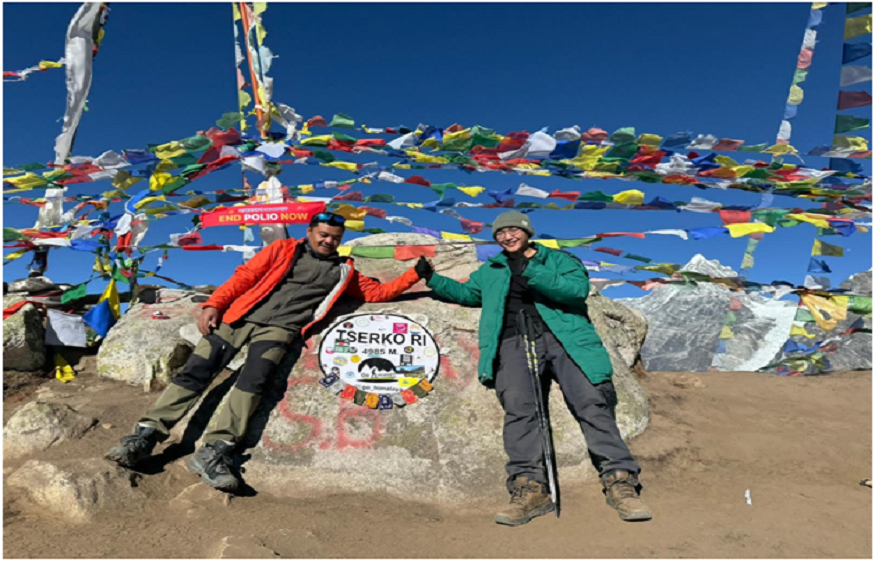
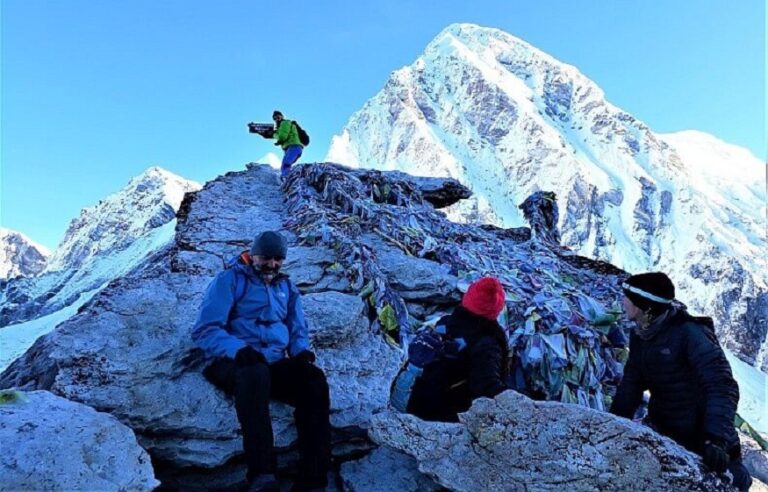

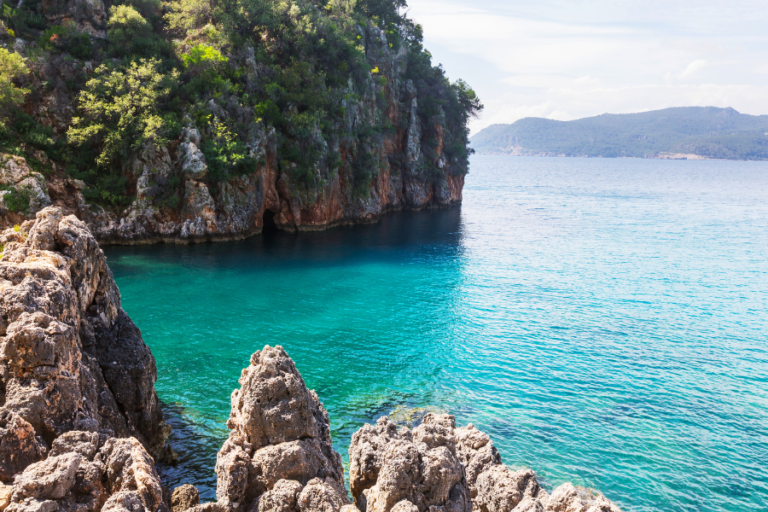
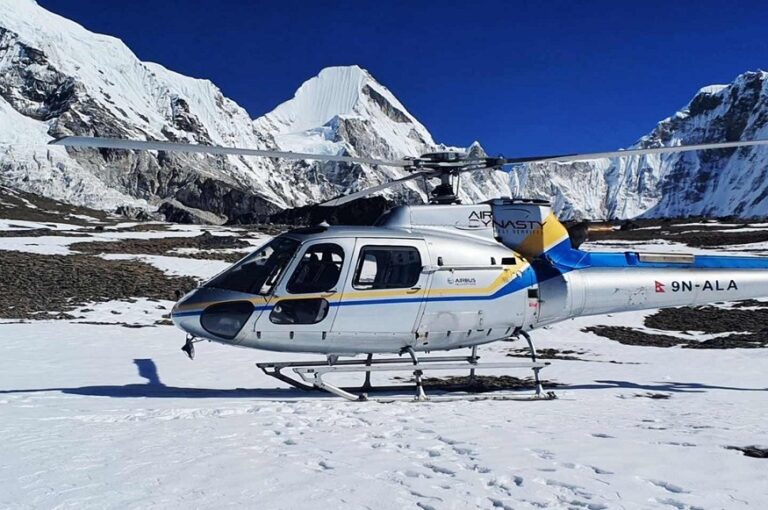
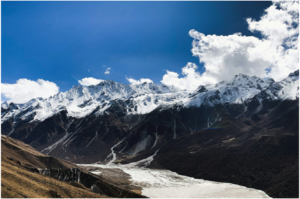
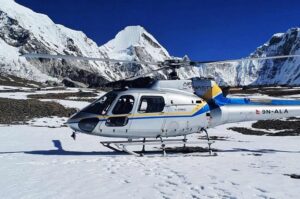
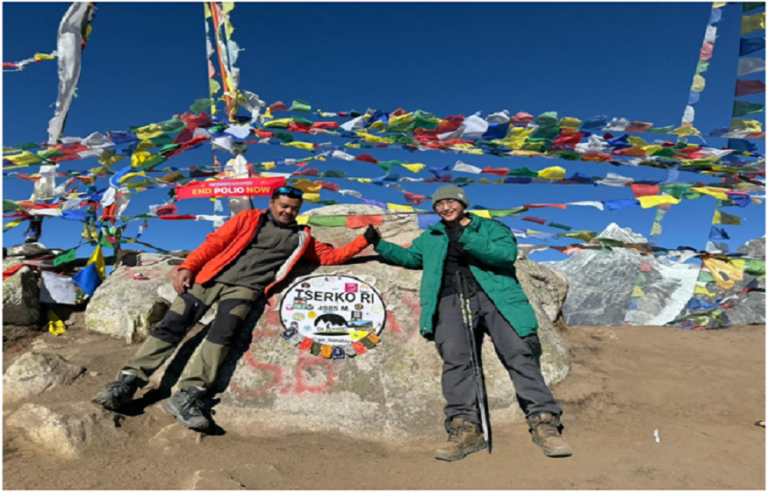
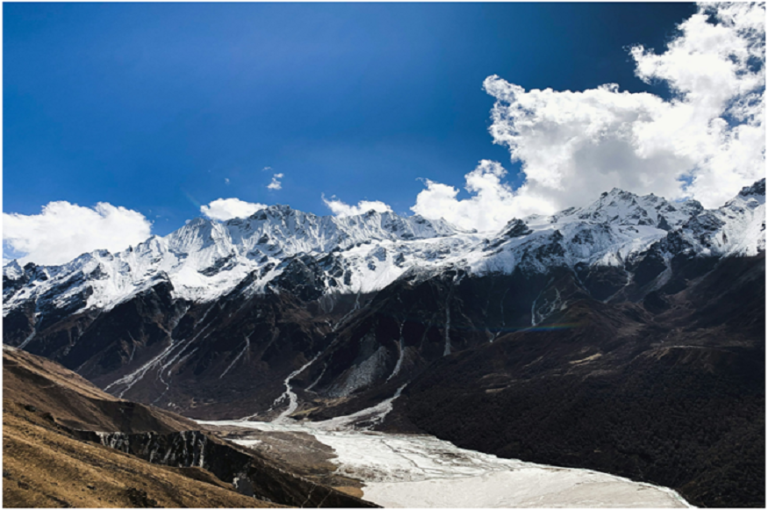
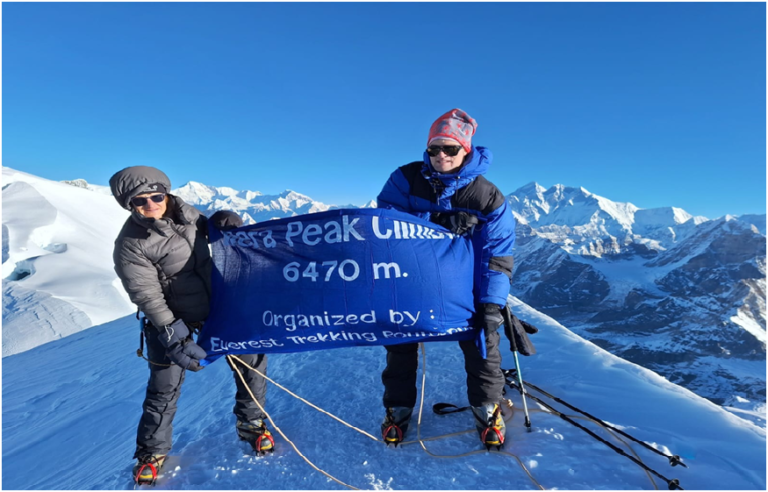
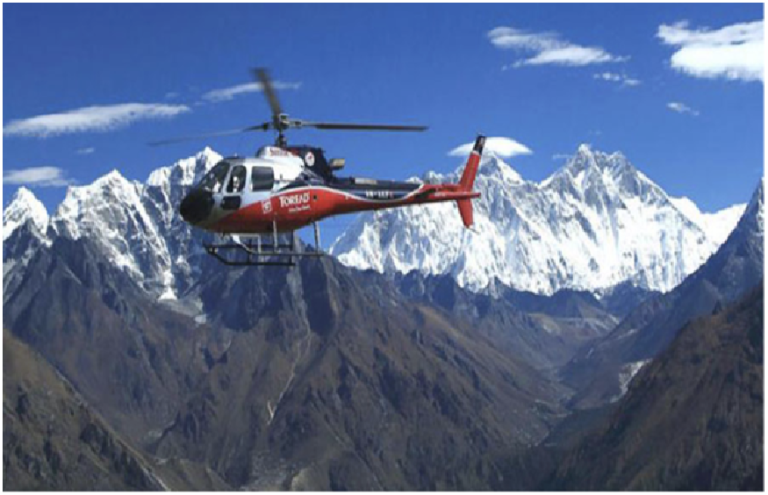
+ There are no comments
Add yours